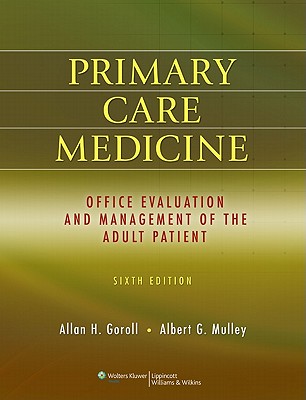| Bacteriology | Бактериология |
| In most cases of bacterial sinusitis, a single organism accounts for the infection; in about 25%, two organisms are present in high density. | В большинстве случаев бактериального синусита один микроорганизм вызывает инфекцию; примерно в 25 % (случаев) два микроорганизма присутствуют в высокой концентрации. |
| In about three fourths of cases, the causative [‘kɔːzətɪv] organism proves to be either Streptococcus pneumoniae or Haemophilus influenzae. | В примерно трех четвертях случаев микроорганизмом, вызывающим заболевание, оказывается либо Streptococcus pneumonia либо Haemophilus influenzae. |
| Other potentially [pə’tenʃ(ə)l] etiologic organisms [‘ɔːg(ə)nɪz(ə)m] include Moraxella catarrhalis, Streptococcus pyogenes, and anaerobes [‘ænərəub] (Fusobacterium, Bacteroides,Peptostreptococcus). | Другие возможные этиологические микроорганизмы включают Moraxella catarrhalis, Streptococcus pyogenes, и анаэробы (Fusobacterium, Bacteroides,Peptostreptococcus). |
| Anaerobes account for about 6% of all cases of sinusitis and usually occur in the setting of dental infections or chronic sinusitis, especially after recurrent courses of antibiotics. | Анаэробы вызывают примерно 6 % всех случаев синусита и обычно встречаются при наличии инфекции в зубах или хроническом синусите, особенно после повторных курсов антибиотиков. |
| Staphylococcus aureus can be found on nasal culture, but it is less often isolated from sinus aspirates [‘æsp(ə)rət] in acute sinusitis. | Staphylococcus aureus может быть обнаружен в культуре носа, но он реже выделяется из жидкостей, (полученных) из синусов, при остром синусите. |
| Viruses, especially rhinovirus and influenza [ˌɪnflu’enzə] virus, have been isolated alone or in combination with bacteria in 15% to 20% of patients. | Вирусы, особенно, риновирусы и вирус гриппа выделяются изолированно или в комбинации с бактериями у 15-20% пациентов. |
| This may represent true causation [kɔː’zeɪʃ(ə)n] of the sinusitis or a preceding viral infection, leading to the bacterial superinfection. | Это (вирус) может представлять истинную причину синусита или (свидетельствовать) о предшествующей вирусной инфекции, приведшей к бактериальной суперинфекции. |
| Mycoplasma pneumoniae and Chlamydia pneumoniae are not believed to be important etiologies [ˌiːtɪ’ɔləʤɪ] for most patients. | Mycoplasma pneumoniae и Chlamydia pneumoniae не считаются важными этиологическими факторами для большинства пациентов. |
| Rarely, fungi [‘fʌnʤaɪ ], [ʤiː] such as Mucor, Rhizopus, and Aspergillus species [‘spiːʃiːz] can produce invasive [ɪn’veɪsɪv] sinusitis in poorly controlled diabetics, leukemics, or other immunosuppressed hosts. | Редко, грибы, такие виды как Mucor, Rhizopus, and Aspergillus могут вызывать инвазивный синусит у пациентов с плохо контролируемым диабетом; у пациентов, страдающих лейкемией; и у других пациентов (дословно организмов) с иммунной суппрессией. |
0



